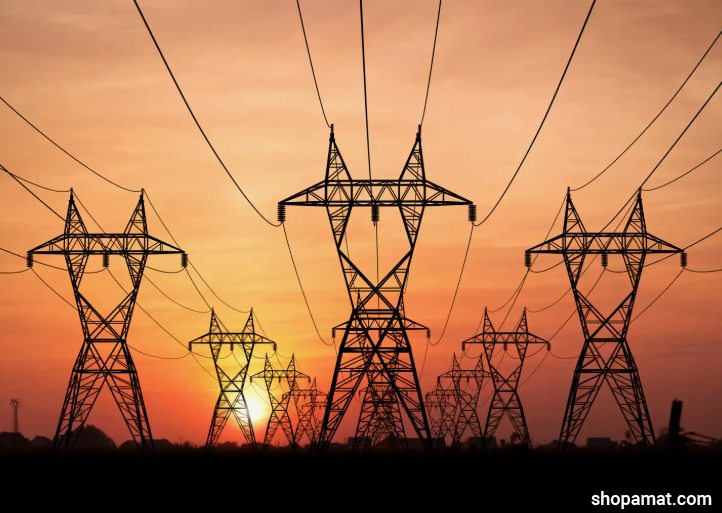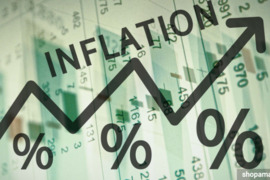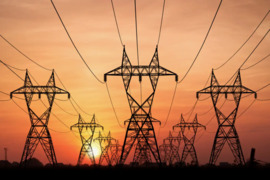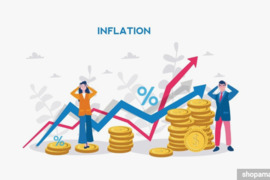Electricity Prices in the Baltic States Higher Than in Finland
 The Baltic states—Latvia, Estonia, and Lithuania—are grappling with an unprecedented surge in electricity prices after disconnecting from the BRELL power grid, which previously connected them to Russia and Belarus. This strategic shift, aimed at energy independence, has led to severe supply constraints, making electricity prices up to 60 times higher than in neighboring Finland.
The Baltic states—Latvia, Estonia, and Lithuania—are grappling with an unprecedented surge in electricity prices after disconnecting from the BRELL power grid, which previously connected them to Russia and Belarus. This strategic shift, aimed at energy independence, has led to severe supply constraints, making electricity prices up to 60 times higher than in neighboring Finland.
Why Are Electricity Prices Surging in the Baltic States?
Although the Baltic grid operators deny a direct link between their disconnection from BRELL and rising electricity costs, multiple factors have contributed to the surge. Here are some key reasons:
Exit from BRELL
The BRELL power ring was a long-standing system that integrated the electricity networks of Belarus, Russia, Estonia, Latvia, and Lithuania. This system ensured stable power flows and price predictability. However, after tensions escalated between the European Union and Russia following geopolitical conflicts, the Baltic states accelerated their efforts to detach from Russian-controlled energy networks.
While this transition was seen as a step toward energy sovereignty and alignment with EU energy standards, it also resulted in supply instability. By cutting off the previous energy routes, these nations now have to rely on more expensive alternatives, often sourced from European markets that experience greater price volatility.
Market Forces and Price Volatility
Electricity prices in deregulated markets, such as the Nord Pool exchange, are highly sensitive to external factors, including:
Seasonal demand fluctuations: Colder temperatures increase heating needs, putting pressure on supply.
High dependency on renewable energy: Wind and solar power, while essential for sustainability, are inconsistent. Any drop in wind-generated electricity immediately drives up costs.
Increased reliance on imported electricity: The Baltic region no longer enjoys the predictable, lower-cost energy flows from BRELL and must instead compete with other European nations for power imports.
Technical Setbacks: The Estlink 2 Cable Failure
A major disruption exacerbating the crisis is the breakdown of the Estlink 2 submarine electricity cable, which connects Estonia to Finland. This cable is a crucial infrastructure link enabling Estonia to import lower-cost electricity from Finland’s well-balanced energy market.
The malfunction of Estlink 2 has significantly reduced the Baltic region’s ability to tap into Finland’s lower-priced electricity, forcing greater dependence on local and alternative European sources—both of which come at a premium.
shopamat.com




 How to Reset Your Mind ? Here is Practical Strategies
How to Reset Your Mind ? Here is Practical Strategies ASUS Unveils a Scent-Infused Mouse for an Enhanced User Experience
ASUS Unveils a Scent-Infused Mouse for an Enhanced User Experience 6 High-Paying Digital Services You Can Offer as a Freelancer for Instant Income
6 High-Paying Digital Services You Can Offer as a Freelancer for Instant Income Understanding Inflation . What Causes, Effects ?
Understanding Inflation . What Causes, Effects ? Chinese Engineers Unveil World's First Forward-Flipping Humanoid Robot
Chinese Engineers Unveil World's First Forward-Flipping Humanoid Robot How to Maximize Productivity When You Work Best in the Afternoon
How to Maximize Productivity When You Work Best in the Afternoon A Guide to Avoiding Investment Mistakes
A Guide to Avoiding Investment Mistakes Proven Strategies to Monetize Your Online Tutoring Content
Proven Strategies to Monetize Your Online Tutoring Content